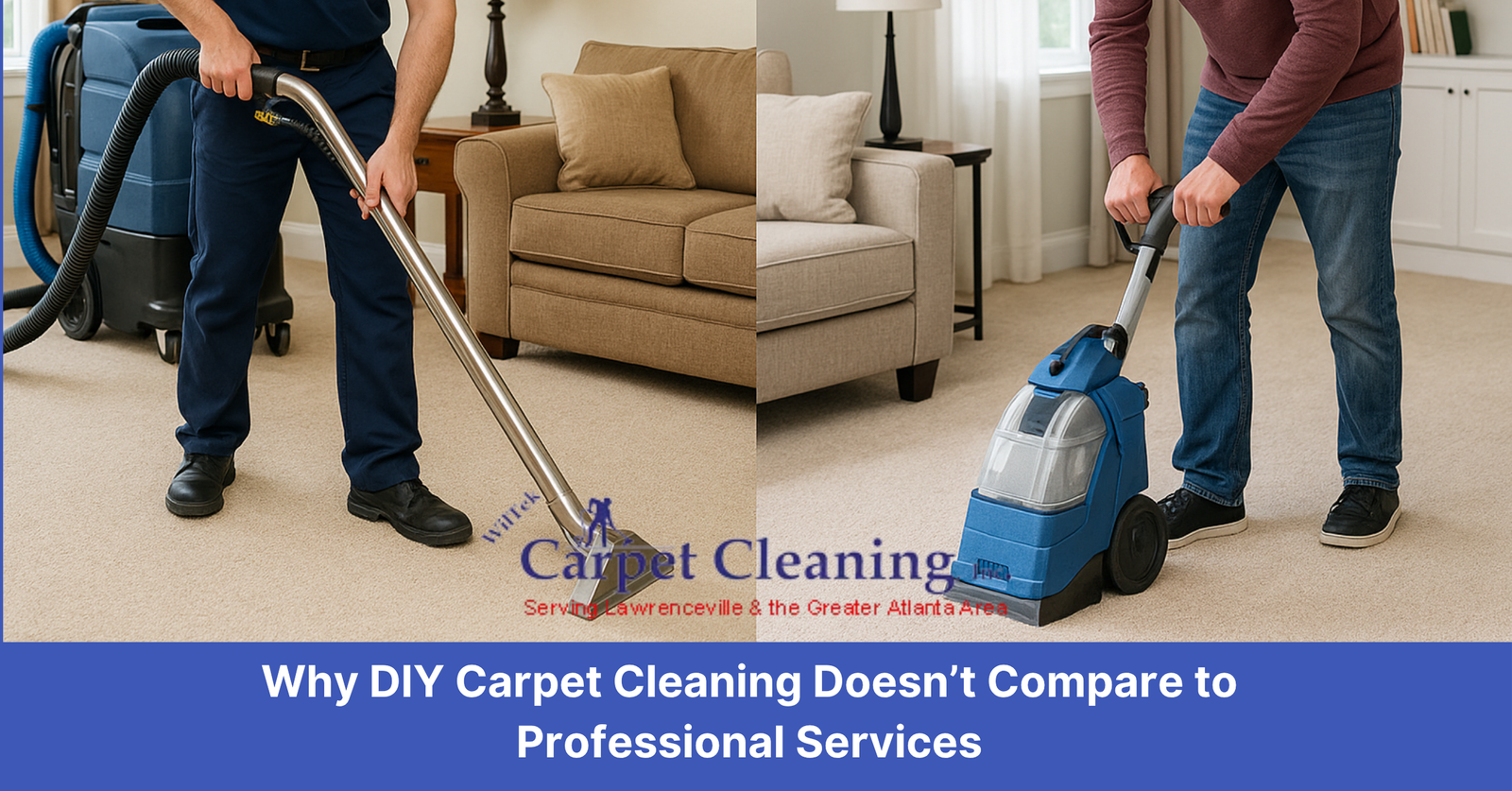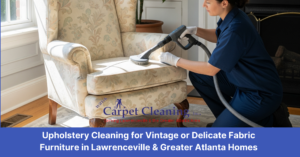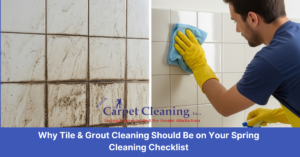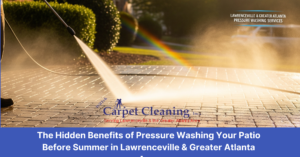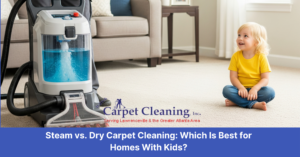Carpet cleaning is an essential maintenance task that ensures a healthy, attractive indoor environment. While many homeowners attempt do-it-yourself (DIY) carpet cleaning methods to save money, these approaches often fall short of delivering truly deep, lasting results. Professional carpet cleaning services utilize specialized equipment, industry-grade cleaners, and experienced technicians to remove embedded soil, allergens, and stains more effectively than rental machines or store-bought products. Understanding why DIY carpet cleaning can’t measure up to professional services helps homeowners make informed decisions about protecting their investment and preserving indoor air quality.
1. Deep Soil Extraction vs. Surface-Level Cleaning
1.1 Limitations of Rental or Consumer Machines
DIY carpet cleaning typically involves renting a portable hot water extraction machine or purchasing a consumer-grade carpet cleaner. While these machines spray hot water mixed with detergent and then suction it back up, their suction power and water temperature are significantly lower than commercial units. Limited extraction capability means that heavy soils, pet dander, and deeply embedded dust remain trapped in the carpet fiber base. As a result, carpets cleaned with DIY machines often appear cleaner on the surface but still harbor bacteria and allergens beneath the top layer.
1.2 Professional-Grade Equipment Offers Superior Results
Professional carpet cleaning companies use truck-mounted or high-capacity portable hot water extraction systems. These units generate higher water temperature (up to 212°F) and stronger suction, allowing technicians to flush out and extract more dirt from deep within the carpet base. The combination of increased heat and pressure breaks down stubborn grease, oils, and soil layers, ensuring that contaminants don’t resettle once the carpet dries. Homes with heavy foot traffic, pets, or allergy concerns benefit from professional-grade extraction that achieves a level of cleanliness unattainable by consumer machines.
2. Effective Stain Removal and Pretreatment
2.1 Store-Bought Solutions vs. Specialized Pretreatments
DIY stain treatments often rely on generic, all-purpose cleaners or “one-size-fits-all” carpet shampoos. These products can lighten surface stains but struggle with deeper or older stains, such as red wine, coffee, pet urine, or ink. Incorrect dilution or improper application of solutions may leave residues that attract dirt more quickly, leading to premature resoiling.
2.2 Customized Pretreatment for Tough Stains
Professional technicians begin each job with a thorough inspection to identify carpet fiber types and stain origins. They apply custom pretreatment solutions, including enzyme-based cleaners for biological stains (pet accidents, food spills) or solvent-based formulas for oil-based spots (grease, cosmetics). By adjusting pH levels and chemical strengths based on the stain category, professionals increase the likelihood of complete stain removal without damaging fibers. This level of customization is generally unavailable in DIY scenarios.
3. Proper Drying Techniques and Mold Prevention
3.1 Inadequate Drying Leads to Mold and Mildew
DIY machines often leave excess moisture between the carpet and padding, partly because of their limited suction. Carpets that remain damp for more than 12–24 hours create an ideal environment for mold and mildew growth. Hidden mold underneath the carpet can lead to musty odors, allergy flare-ups, and potential structural damage to the subfloor. Homeowners may not recognize mold until significant growth has occurred, requiring costly remediation.
3.2 Rapid Drying with Professional Air Movers and Dehumidifiers
Professional services not only use more powerful extraction but also deploy air movers and dehumidifiers to accelerate the drying process. Technicians position high-velocity air movers at strategic angles to circulate warm air through the carpet fibers and under the padding. Concurrently, industrial dehumidifiers reduce ambient humidity, preventing mold spores from settling and proliferating. A typical professional cleaning job results in carpets drying within 4–6 hours, compared to 24–48 hours after a DIY cleaning.
4. Health and Indoor Air Quality Benefits
4.1 Hidden Allergens in DIY-Cleaned Carpets
Even a modest level of embedded dirt, pet dander, dust mites, and pollen can trigger respiratory issues and allergic reactions, especially for occupants with asthma or sensitivities. Standard over-the-counter carpet cleaners and low-grade rental machines lack the efficiency to remove microscopic allergens that accumulate over time. Continuing to live and breathe in an environment with trapped allergens can exacerbate seasonal allergies and breathing problems.
4.2 Comprehensive Allergen Removal with Professional Techniques
Professional carpet cleaning services often include HEPA-filtered vacuums before treatment to eliminate dry debris and allergens. The hot water extraction process further removes fine particulates, improving indoor air quality significantly. Some companies offer specialized treatments, such as antimicrobial sprays or allergen-reduction packages, that neutralize dust mites and inhibit microbial growth. The result is a healthier, fresher-smelling home that supports respiratory wellness.
5. Expertise and Guaranteed Satisfaction
5.1 Risks of DIY Carpet Damage
Non-professionals may overlook critical details such as fiber sensitivity, dye fastness, and manufacturer warranty requirements. Aggressive scrubbing, using high-alkaline detergents, or over-wetting can cause fiber delamination, color fading, or irreversible damage. Attempting DIY stain removal without a clear understanding of fiber construction can void carpet warranties and shorten the carpet’s lifespan.
5.2 Trained Technicians and Service Guarantees
Licensed carpet cleaning companies invest in training technicians to recognize fiber types (wool, nylon, polyester) and calibrate their approach accordingly. They conduct spot tests in inconspicuous areas, adhere to industry guidelines, and respect warranty stipulations. Most professional services back their work with satisfaction guarantees, returning to re-treat stubborn stains or problem areas at no extra cost. This level of accountability ensures peace of mind and confidence in the results.
6. Cost Considerations and Long-Term Value
6.1 Upfront Savings vs. Long-Term Expenses
Renting a carpet cleaner for a weekend might cost $30–$50, plus detergents and additional cleaning solutions. At first glance, DIY appears cost-effective. However, hidden expenses, such as damaged carpet fibers, accelerated wear, mold remediation, or recurring deep-cleaning needs, can surpass the initial savings. Additionally, portable machines often carry cleaning fees, fuel surcharges, or deposit requirements that raise the total cost.
6.2 Professional Cleaning as a Smart Investment
While professional services range from $0.25 to $0.50 per square foot, they deliver deeper, longer-lasting results that preserve carpet condition. Regular professional cleanings (every 6–12 months) extend carpet life by preventing soil-bond abrasion and color dulling. A well-maintained carpet retains its aesthetic appeal, supports healthier indoor air, and postpones premature replacement, ultimately providing better long-term value.
7. Eco-Friendly Cleaning Options
7.1 Environmental Impact of DIY Solutions
Many consumer carpet cleaning products contain harsh chemicals, volatile organic compounds (VOCs), or non-biodegradable surfactants. Improper disposal of these solutions can harm wastewater systems and aquatic life. In addition, excessive water usage by rental machines contributes to higher utility bills and an increased environmental footprint.
7.2 Green Cleaning Practices by Professionals
Leading professional carpet cleaners offer eco-friendly, Green Seal™-certified solutions that minimize VOC emissions and use biodegradable ingredients. They often incorporate low-moisture encapsulation or dry cleaning methods to reduce water consumption. By choosing a green-certified provider, homeowners contribute to environmental stewardship without sacrificing cleaning performance.
8. Conclusion
DIY carpet cleaning methods have their place for light maintenance or small spot treatments. However, when it comes to deep soil extraction, stain removal, mold prevention, allergen control, and overall carpet preservation, professional services deliver far superior outcomes. Homeowners who invest in experienced technicians and commercial-grade equipment enjoy healthier indoor air quality, extended carpet lifespan, and guaranteed satisfaction. Although the upfront cost of professional cleaning may seem higher, the long-term benefits, reduced replacement frequency, fewer health issues, and improved carpet aesthetics, make it a wise and cost-effective choice.

